
Joseph Mallord William Turner, known in his time as William Turner, was an English Romantic painter, printmaker and watercolourist. He is known for his expressive colouring, imaginative landscapes and turbulent, often violent marine paintings. He left behind more than 550 oil paintings, 2,000 watercolours, and 30,000 works on paper. He was championed by the leading English art critic John Ruskin from 1840, and is today regarded as having elevated landscape painting to an eminence rivalling history painting.
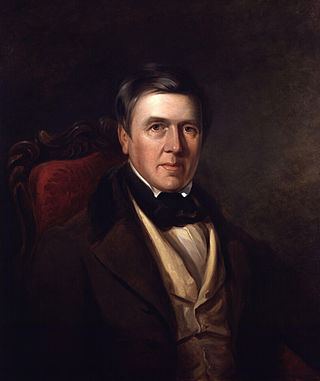
David Cox was an English landscape painter, one of the most important members of the Birmingham School of landscape artists and an early precursor of Impressionism.

John Varley was an English watercolour painter and astrologer, and a close friend of William Blake. They collaborated in 1819–1820 on the book Visionary Heads, written by Varley and illustrated by Blake. He was the elder brother of a family of artists: Cornelius Varley, William Fleetwood Varley, and Elizabeth, who married the painter William Mulready.

Peter De Wint was an English landscape painter. A number of his pictures are in the National Gallery, the Victoria and Albert Museum and The Collection, Lincoln. He died in London.
The Düsseldorf school of painting is a term referring to a group of painters who taught or studied at the Düsseldorf Academy during the 1830s and 1840s, when the Academy was directed by the painter Wilhelm von Schadow.
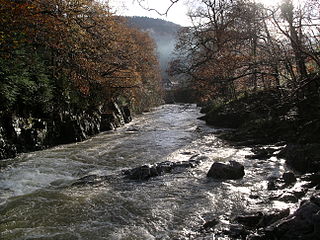
River Llugwy is a tributary of the River Conwy, and has its source at Ffynnon Llugwy, a lake in the Carneddau range of mountains in Snowdonia in north-west Wales.
Alfred William Rich was an English artist, teacher and author.

Augustus Earle (1793–1838) was a British painter. Unlike earlier artists who worked outside Europe and were employed on voyages of exploration or worked abroad for wealthy, often aristocratic patrons, Earle was able to operate quite independently – able to combine his lust for travel with an ability to earn a living through art. The body of work he produced during his travels comprises a significant documentary record of the effects of European contact and colonisation during the early nineteenth century.
Events from the year 1798 in art.
Events from the year 1794 in art.

Julius Caesar Ibbetson was a British 18th-century landscape and watercolour painter.
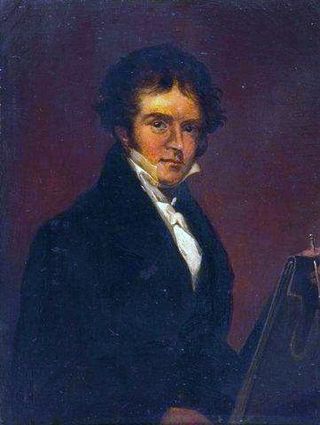
William Linton was a British landscape artist.

William Havell was an English landscape painter, one of the Havell family of artists, and a founding member of the Society of Painters in Watercolours.
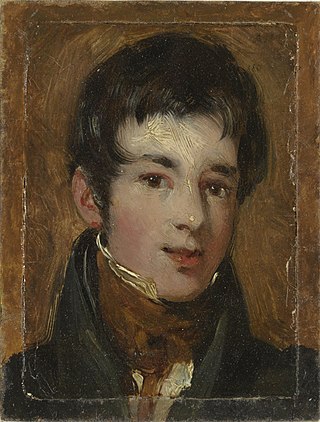
James Holland was an English painter of flowers, landscapes, architecture and marine subjects, and book illustrator. He worked in both oils and watercolours and was a member of the Royal Watercolour Society.

Henry Clarence Whaite often referred to as Clarence Whaite (1828–1912) was an English artist best known for his landscape paintings of Wales. Having spent the earlier part of career based in his native Manchester, he later settled near Conwy in North Wales. He was an early member of the Manchester Academy of Fine Arts, and a leading figure in the formation of the Royal Cambrian Academy of Art.

James Sillett was an English still life and landscape artist. He showed himself to be one of the most versatile of the Norwich School of painters: although the great majority of his works were still lifes and landscapes, he was also a drawing master and a miniaturist. His botanical paintings illustrations have been praised for their accuracy and attention to detail. These and his still life paintings are considered to be his best work, with some experts ranking him with William Jackson Hooker, whose illustrations were both accurate and charming. Sillett's own accurate depictions of plants were often used for book illustrations. His paintings often have an academic style, influenced by the masters of the eighteenth century in a way that set him apart from his Norwich contemporaries. He exhibited at the Royal Academy between 1796 and 1837.
The Manchester School of Painters was formed by a number of disgruntled young vanguard painters in the 1870s. They were deeply influenced by the artist Joseph Knight, who was a successful painter, etcher and photographer. He was the founder member of the Manchester School of Painters. Knight painted how he desired and refused to conform to traditional Art School rules and this appealed to his young admirers. Twice weekly they would all meet up at Knight's studio in York Place behind the Union Chapel in Oxford Road, Manchester to discuss new ways to develop their techniques.
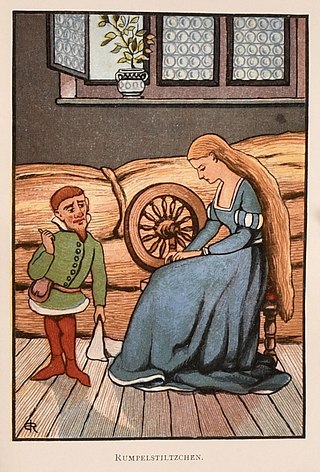
James Edward Rogers was an Irish artist, architect, and book-illustrator whose early career was in Dublin. In 1876 he moved to London, where he is believed to have worked only as an artist.






















